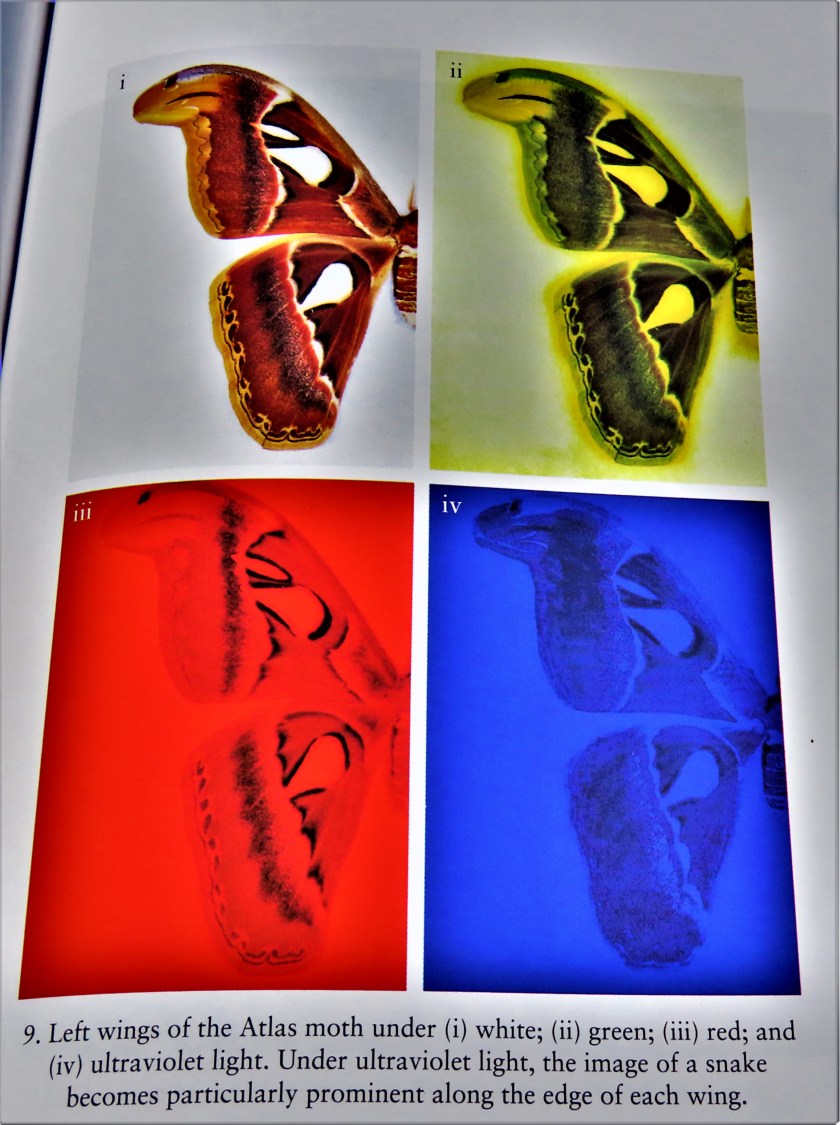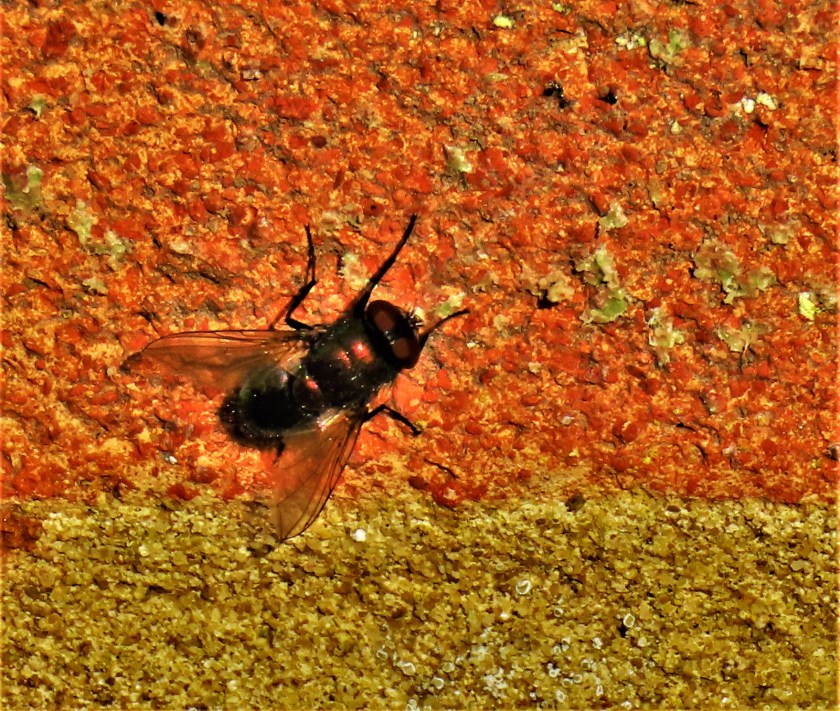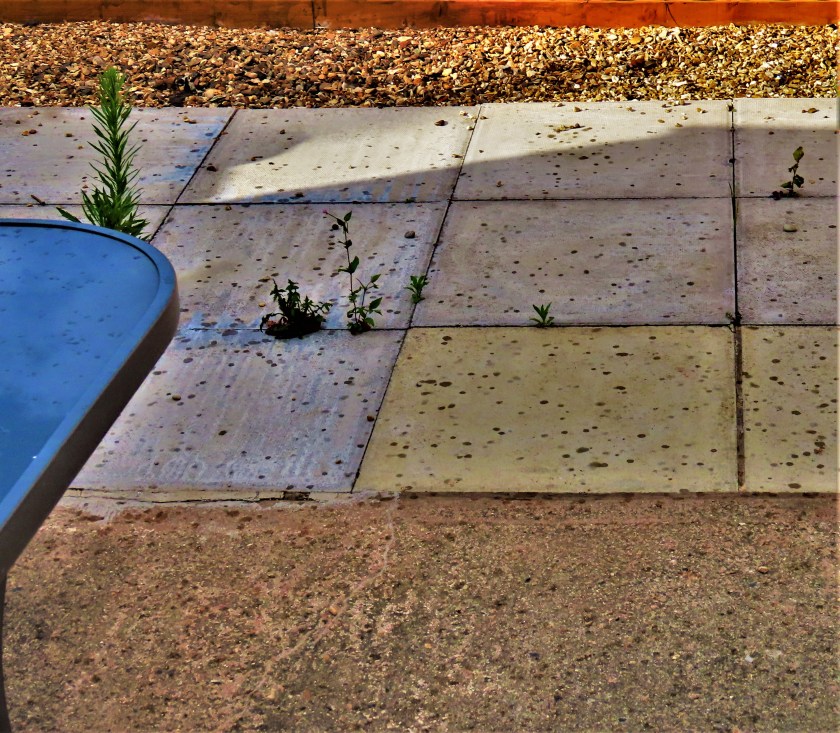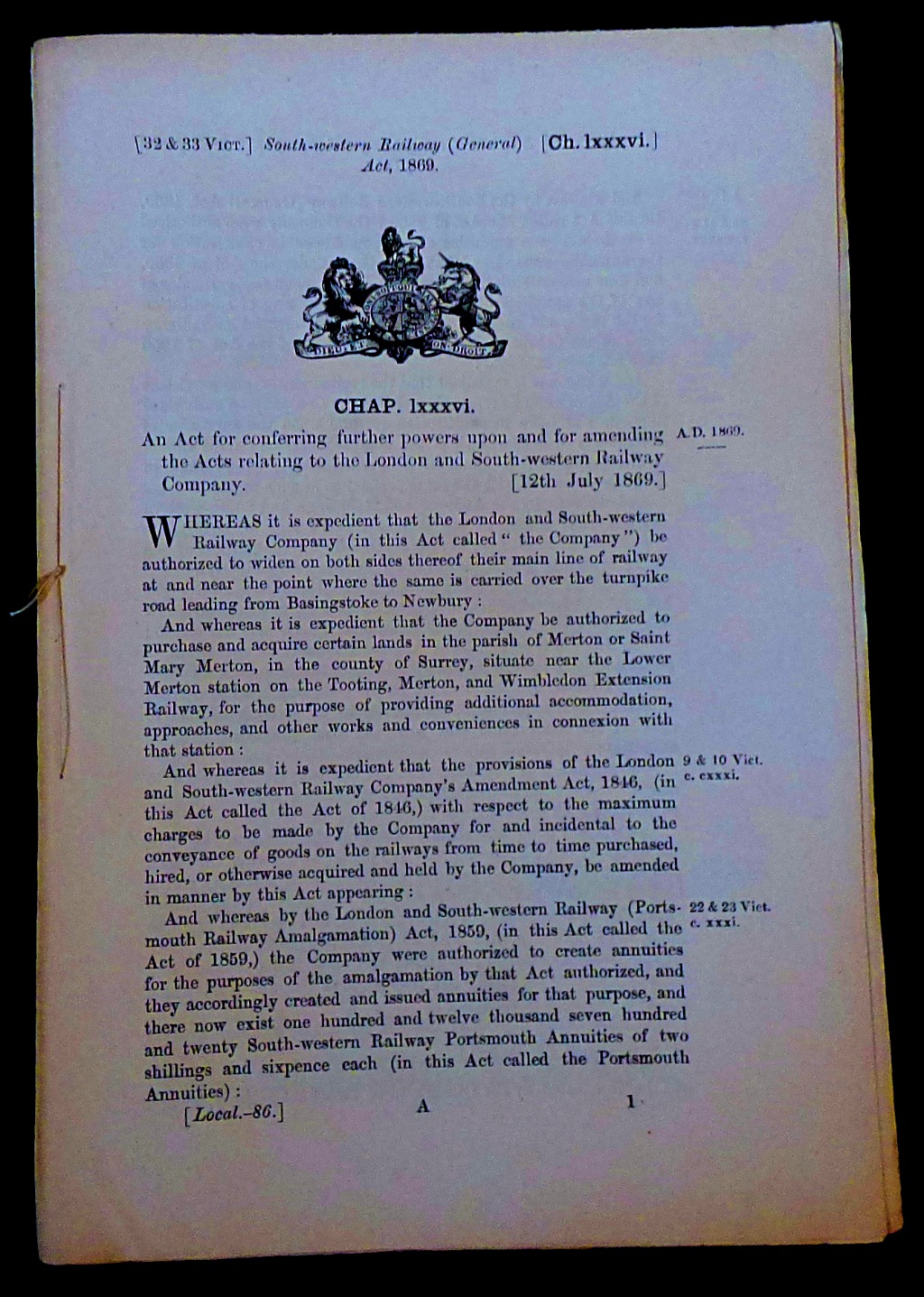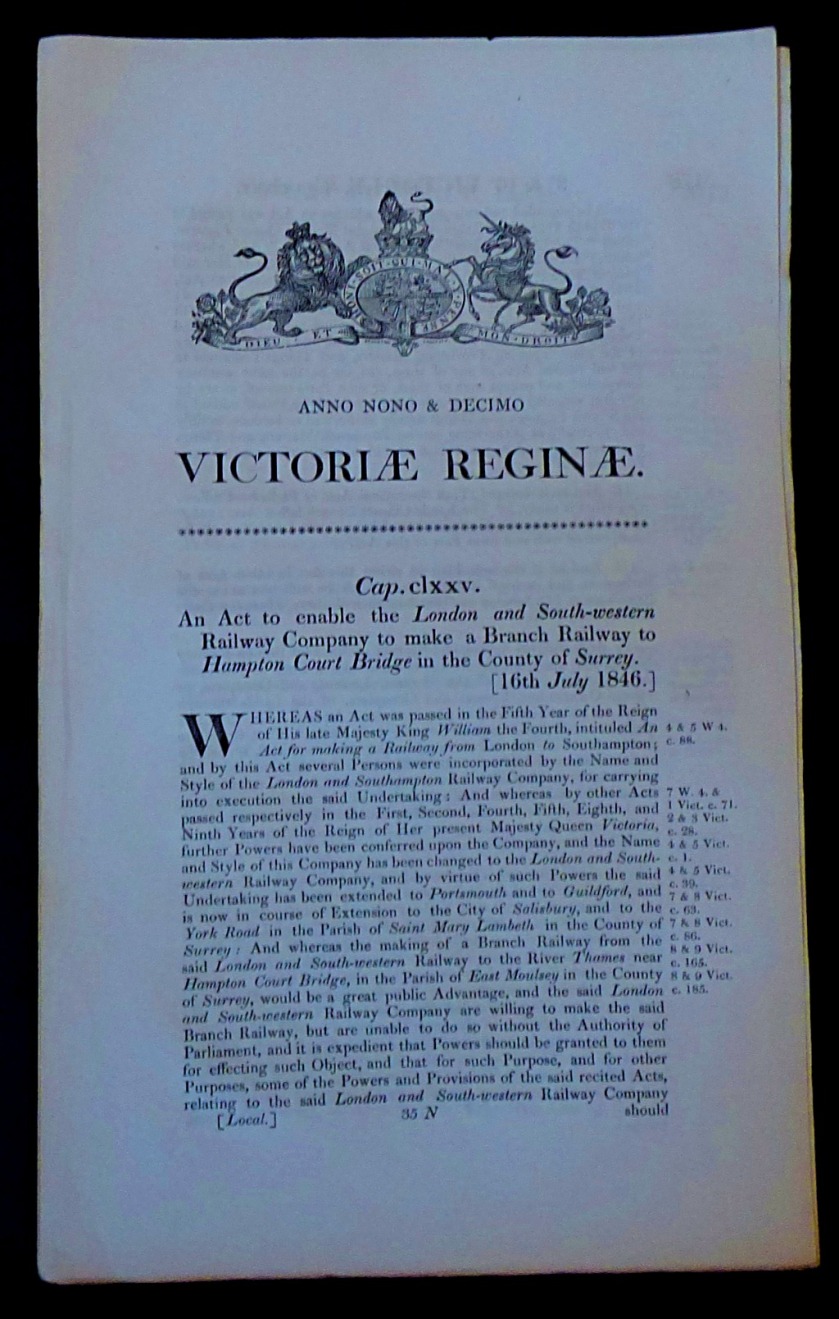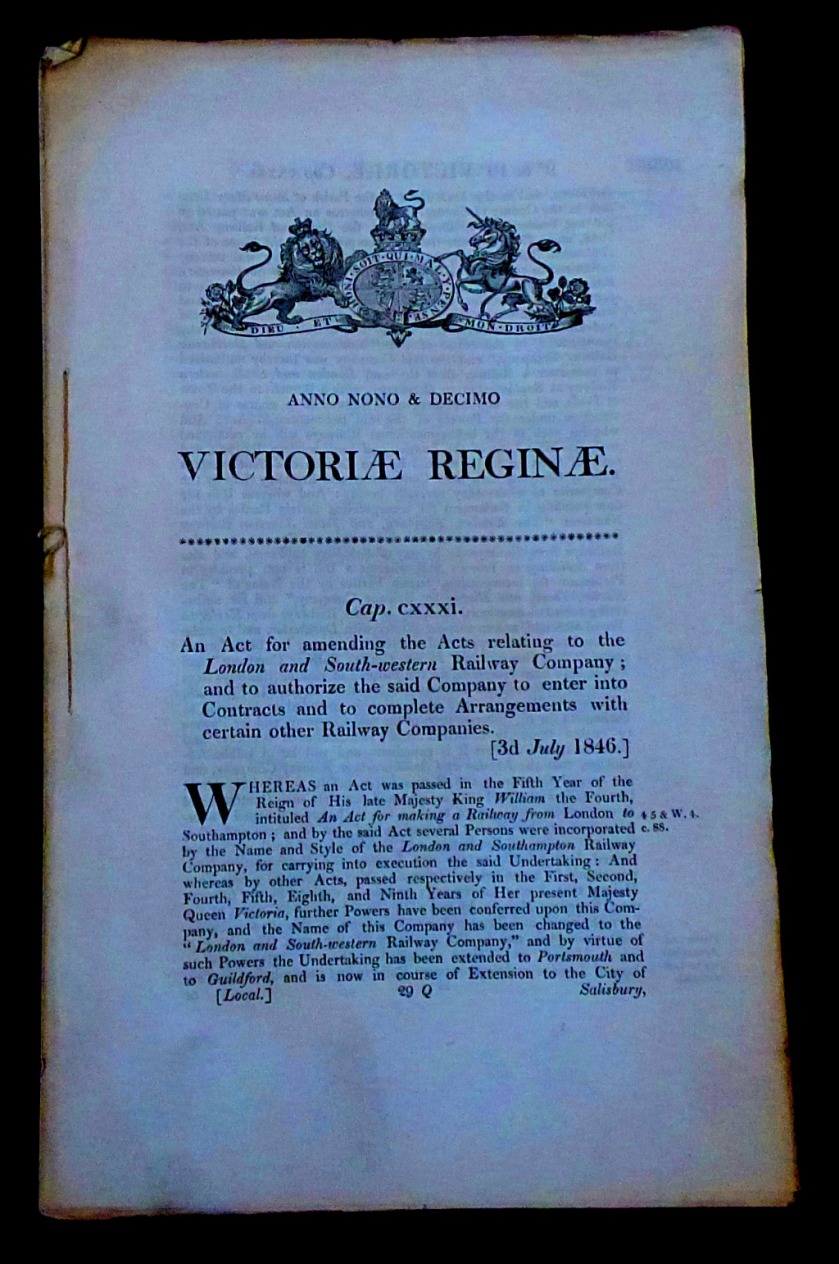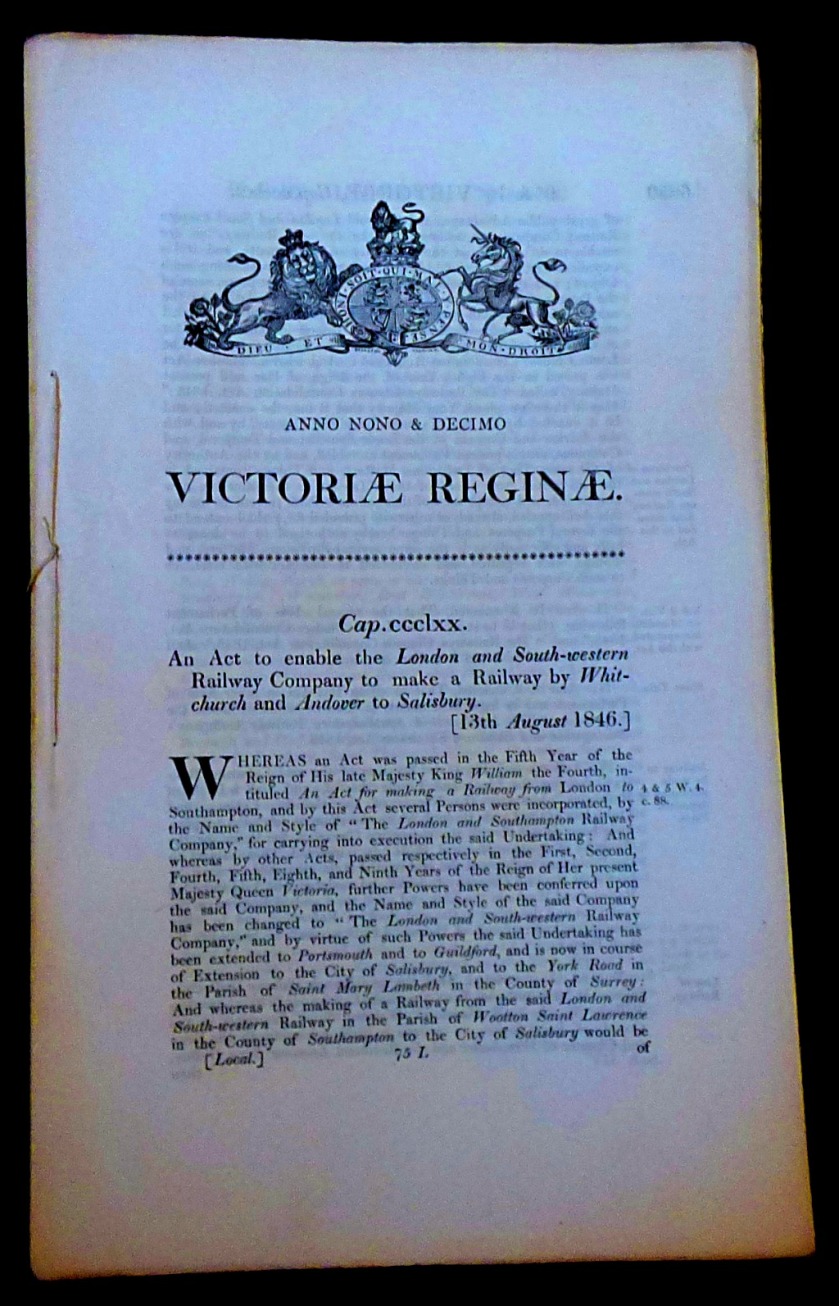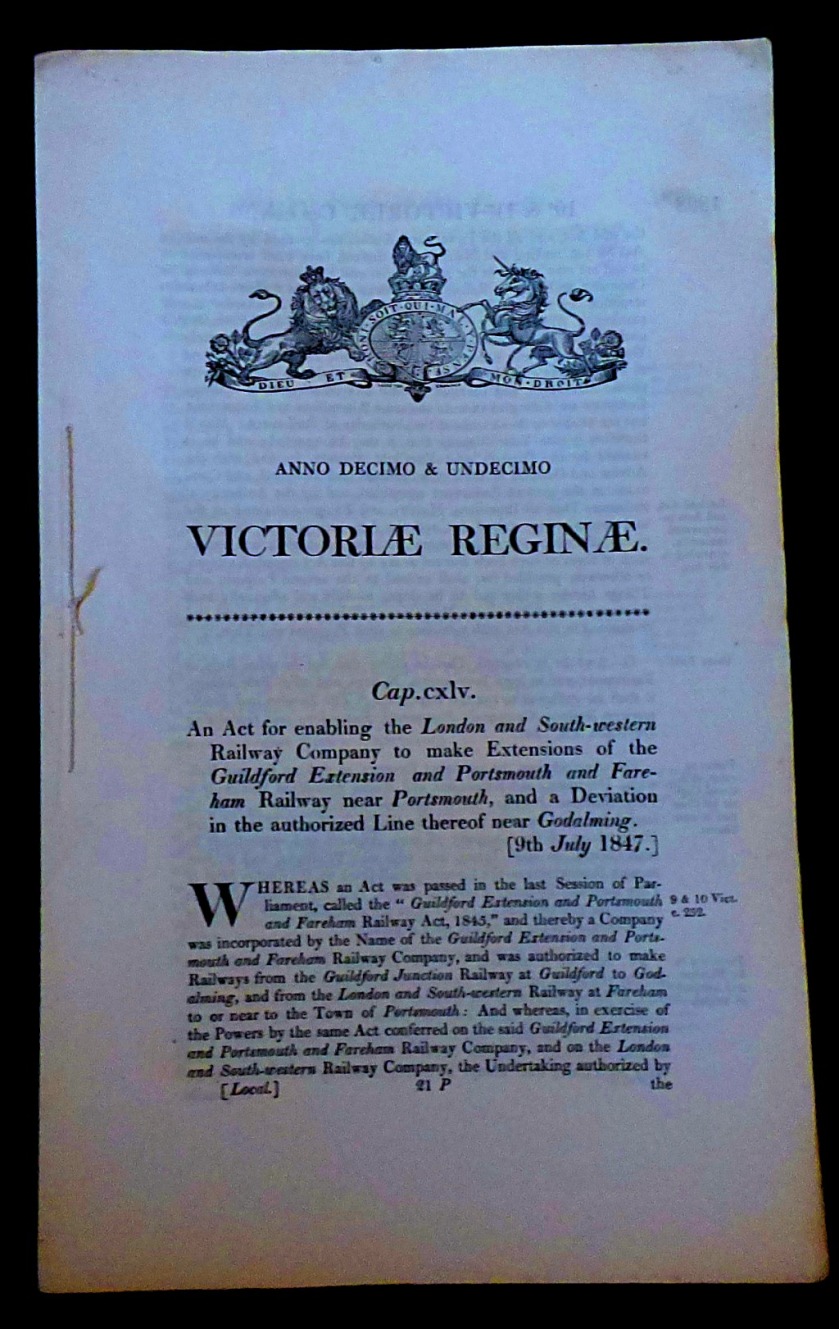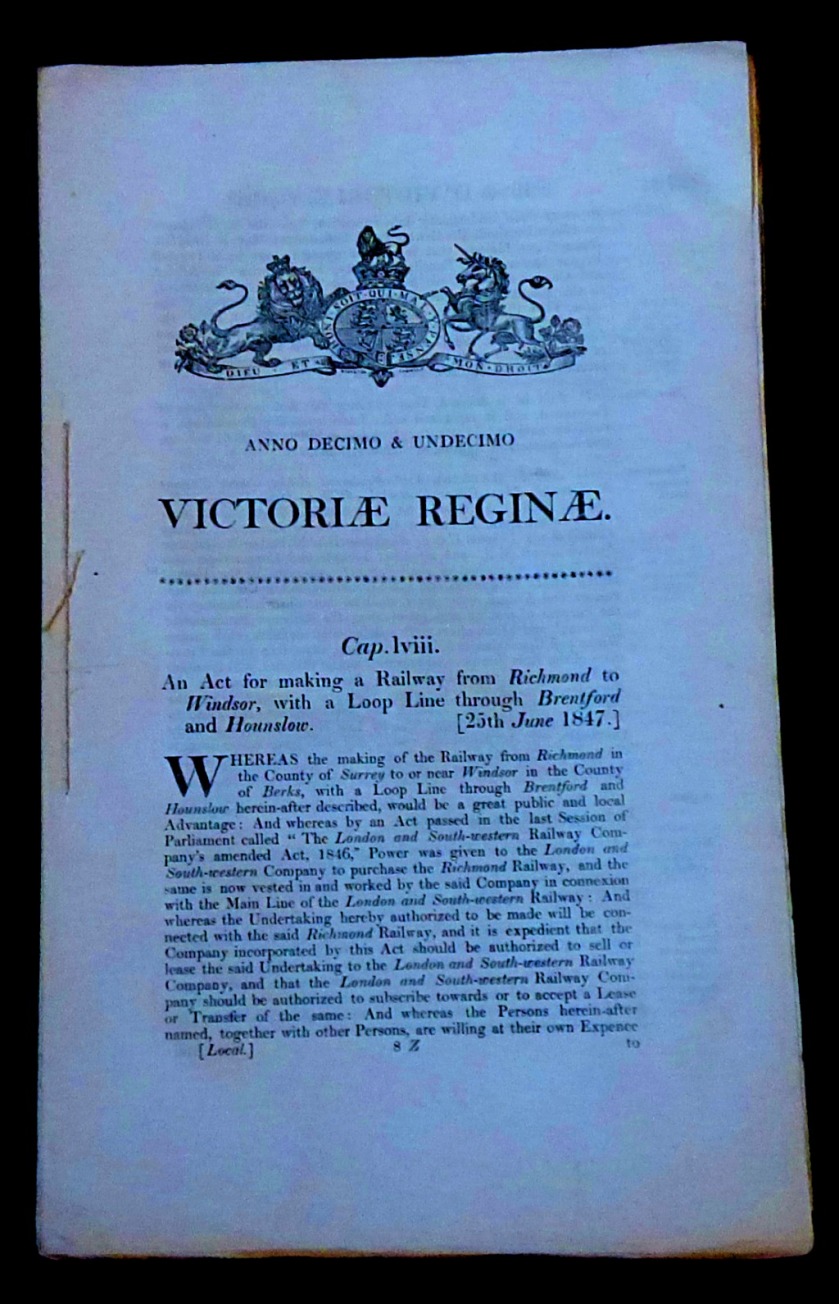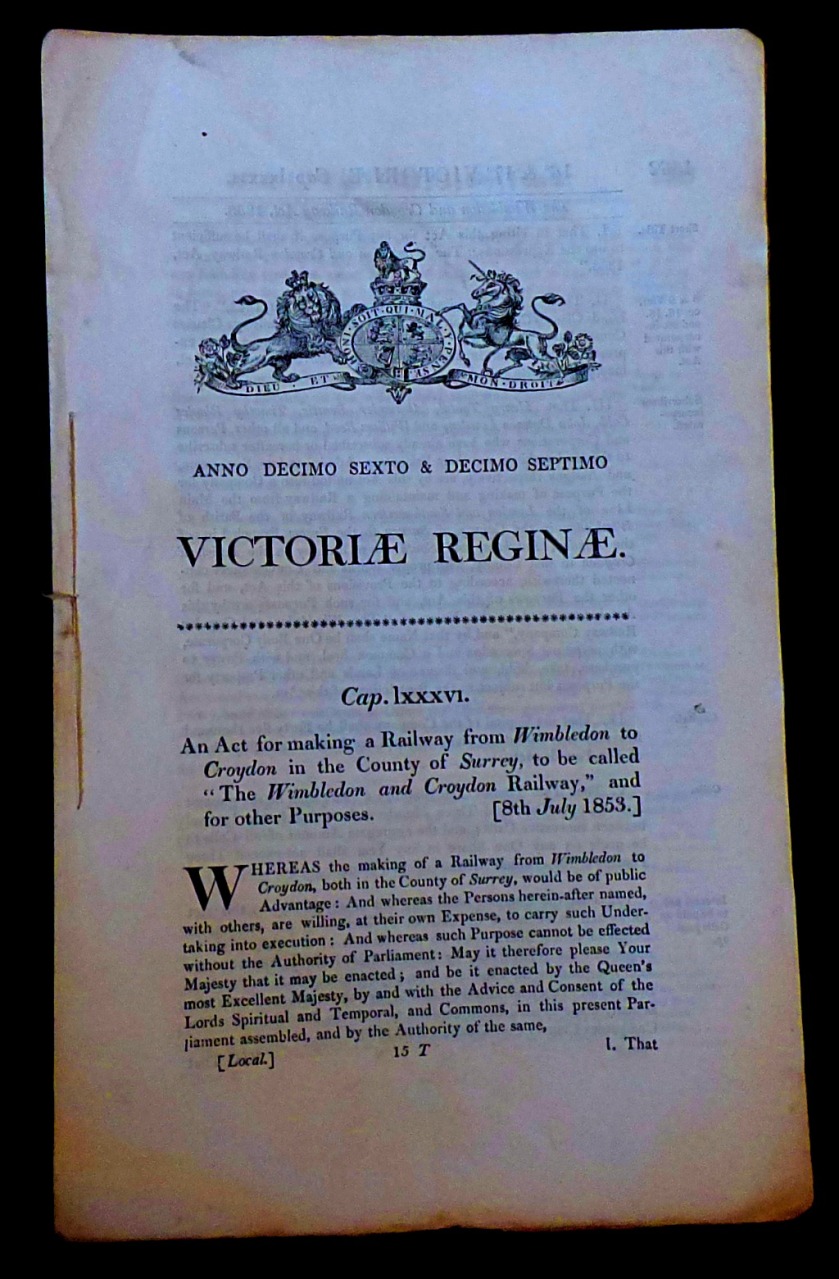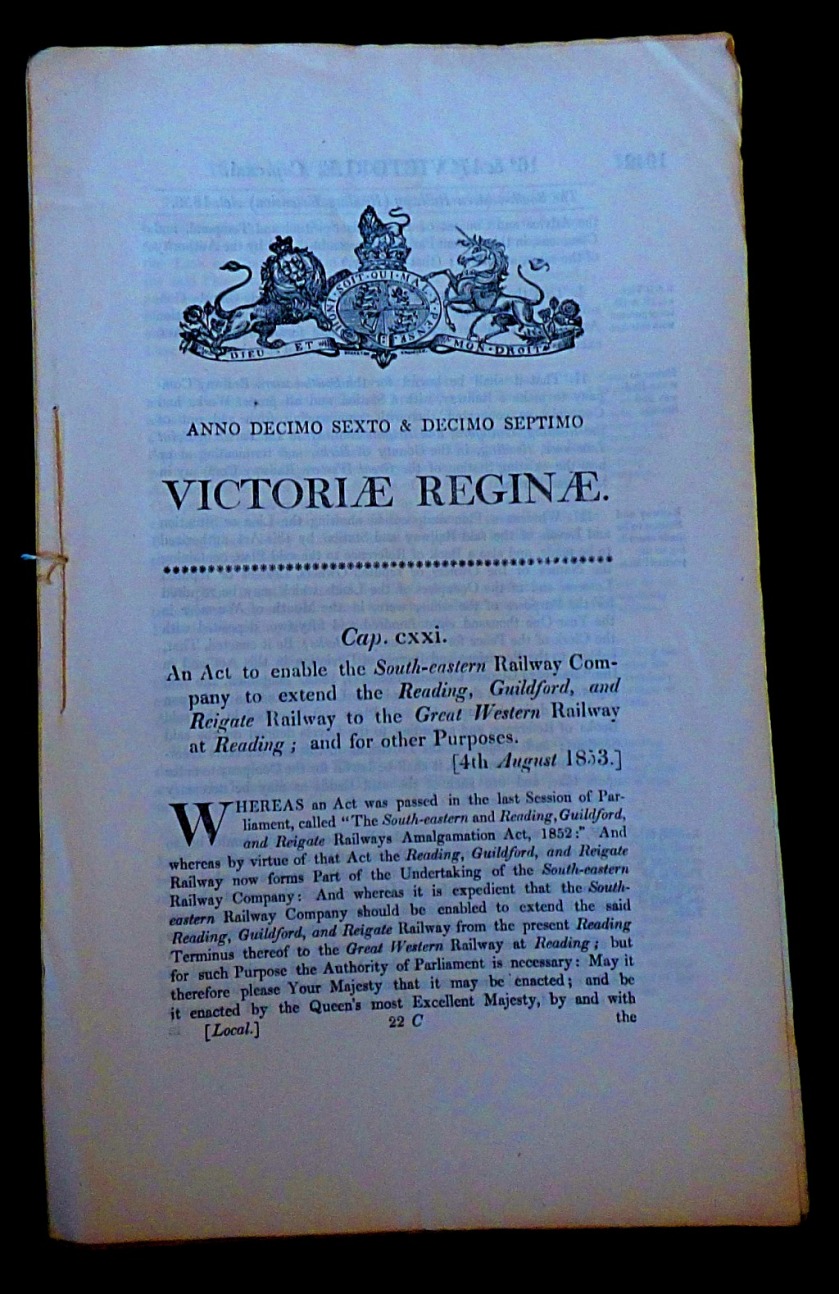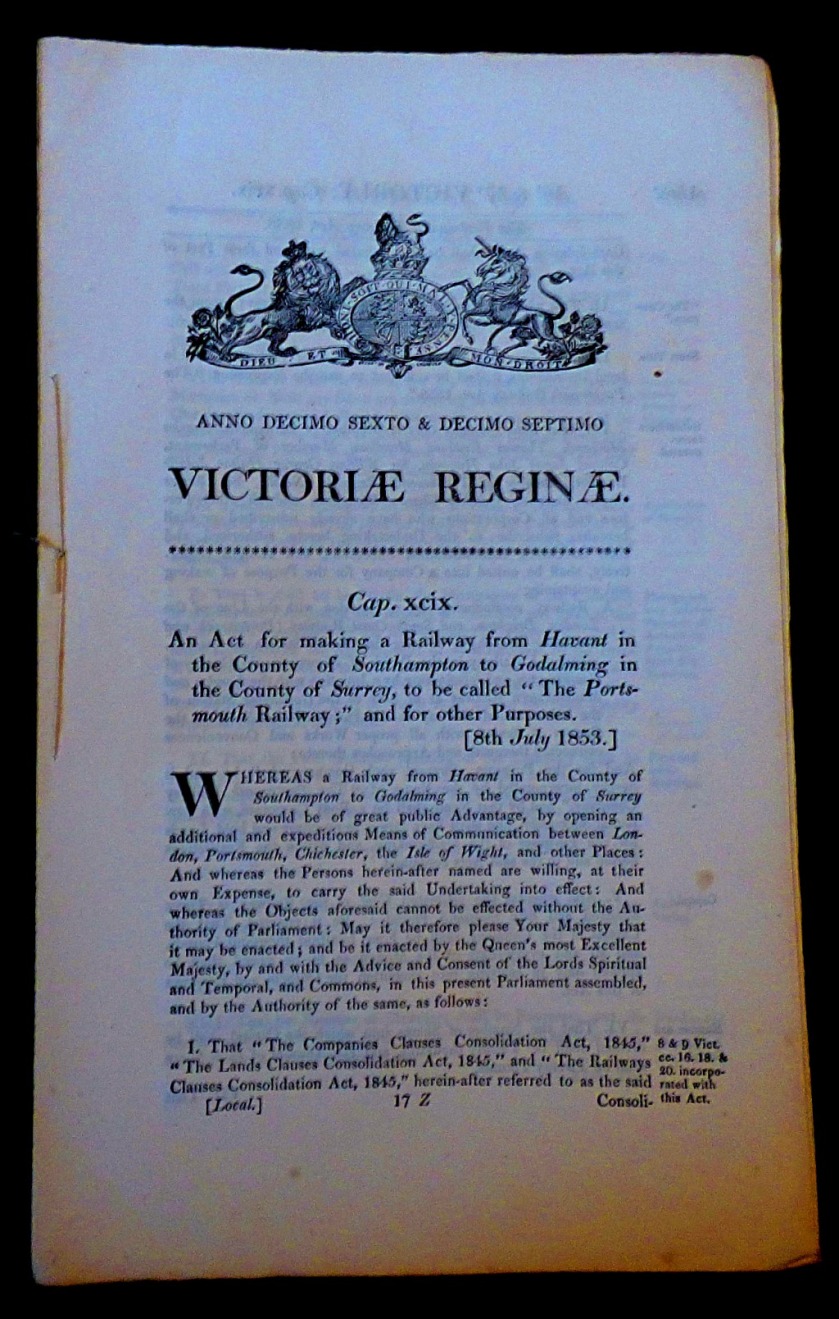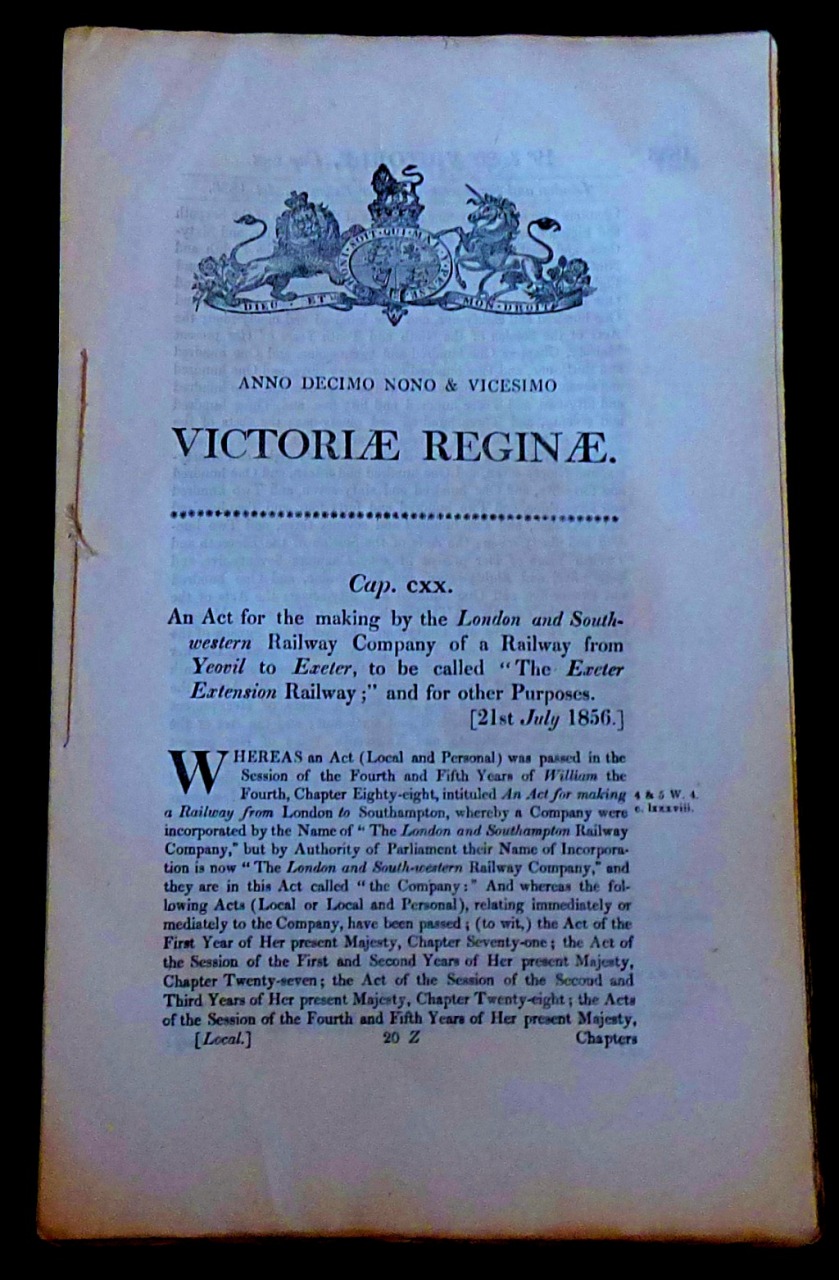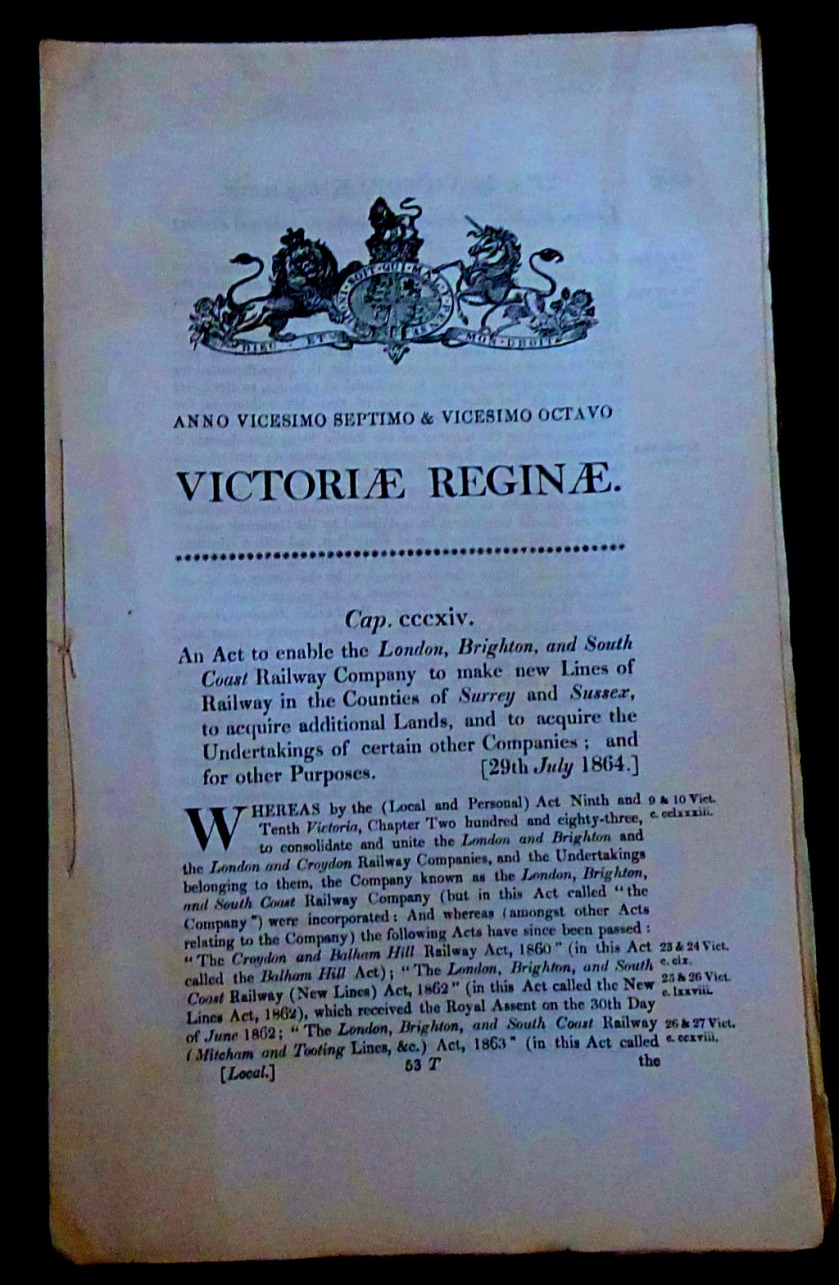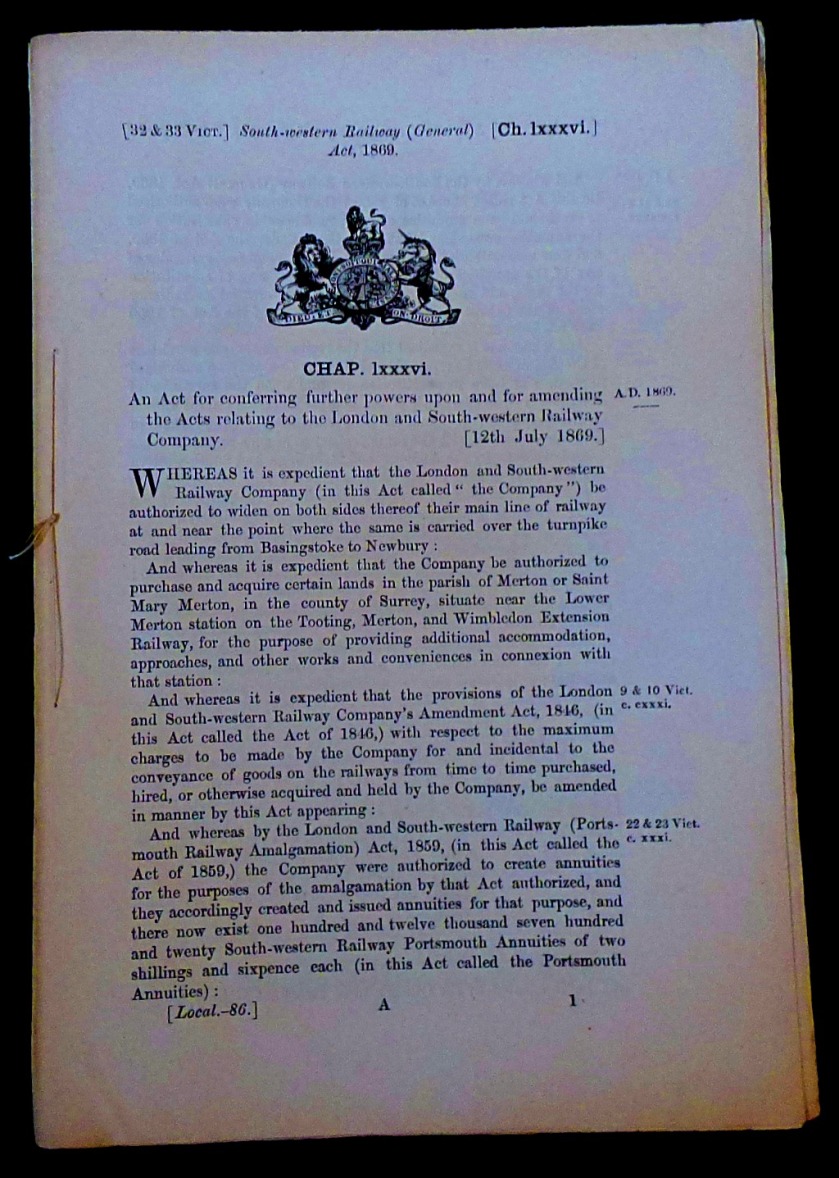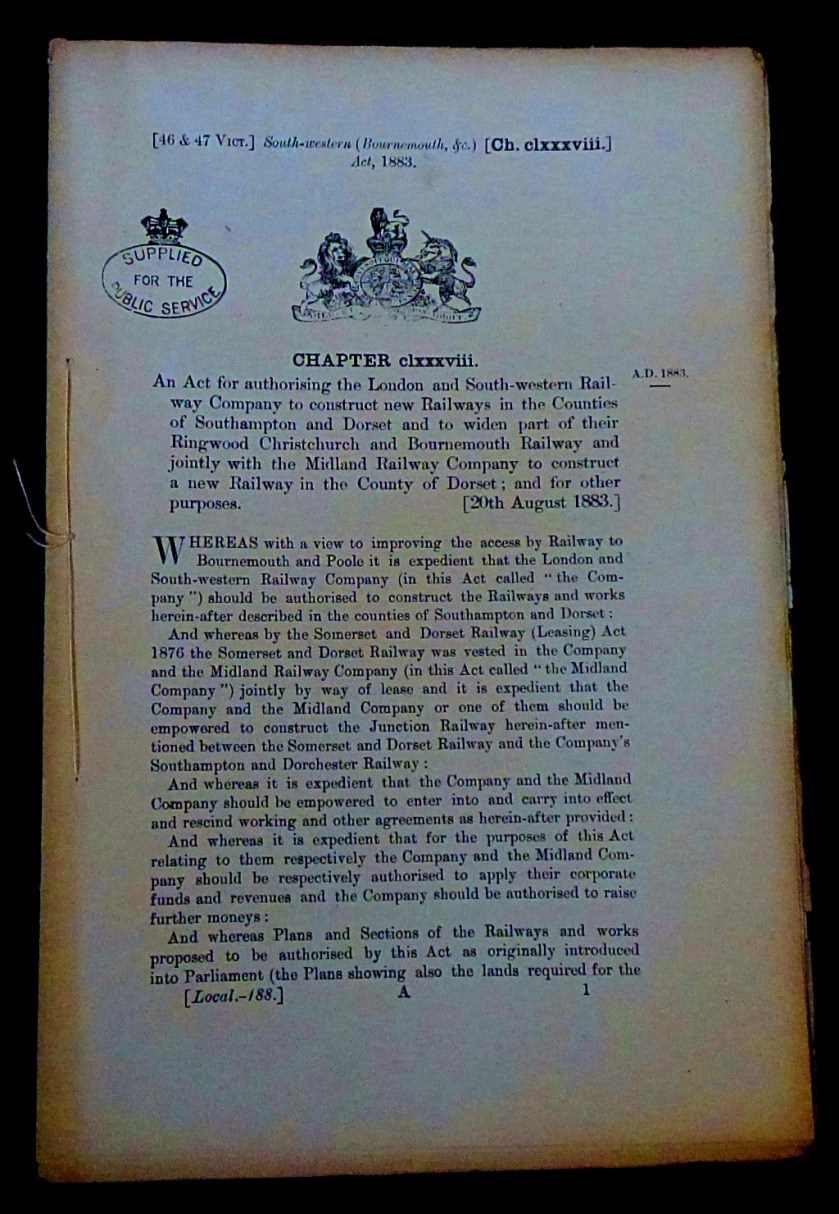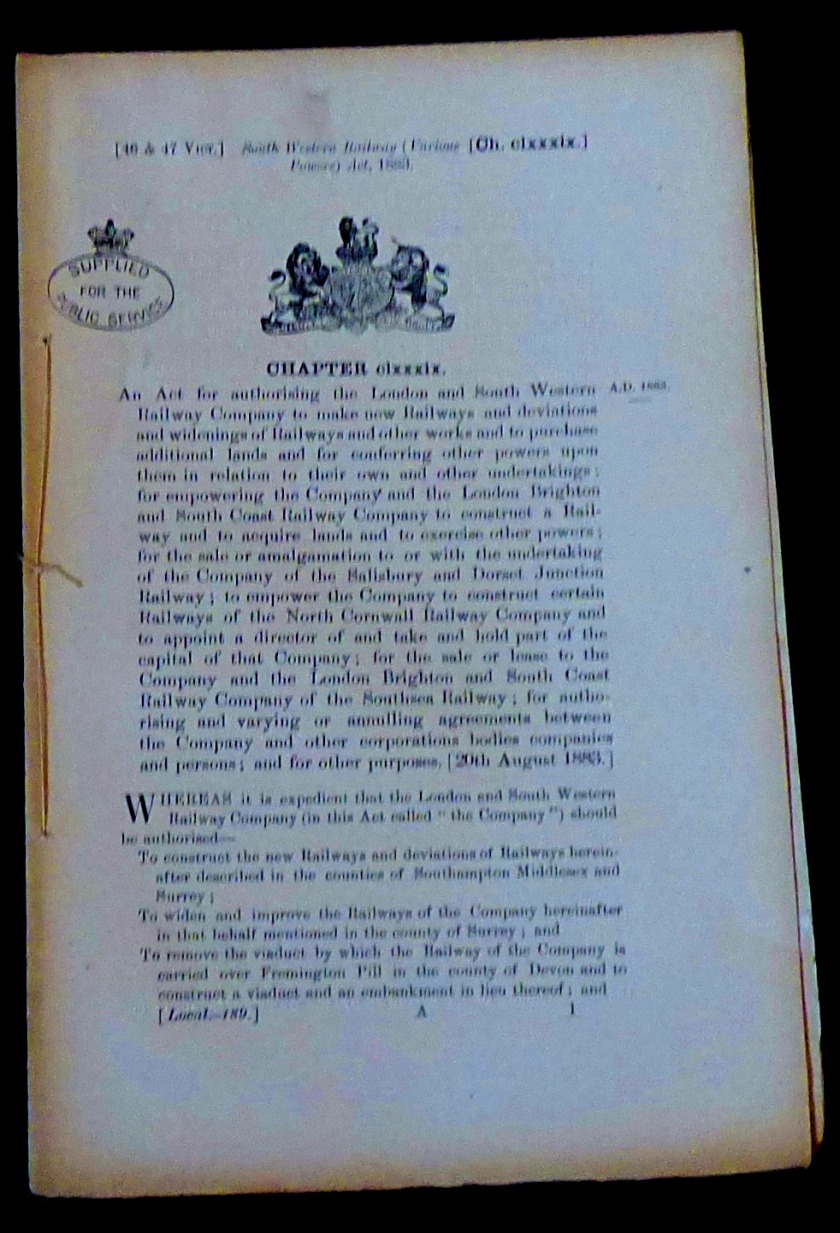INTRODUCTION
Today’s all time XIs cricket post features players whose names link to London stations, and then leads on to something I came across yesterday and wanted to expand on today. Incidentally, three of the names featured here were suggested by a twitter correspondent in response to a previous post in this series, and none of my own station connections from that earlier post have been reused today.
HEATHER KNIGHT’S XI
- Chris Broad – left handed opening batter. Various London stations have Broad in their name – Ealing, Fulham and Tooting Broadway to name three, while there used to be two termini at what is now Liverpool Street, the other one being Broad Street.
- Victor Trumper – right handed opening batter. His given name forms the first six letters of Victoria, a massive transport hub. With all due respect to Mr Marks there are not many cricketers of distinction who have had the given name Victor.
- Robin Smith – right handed batter. He gets in here via Hammersmith, terminus of the Hammersmith & City line, and now linked by a subway (it used to be a horrible surface level road crossing when I first did it) to the District and Piccadilly line station of the same name (the original western terminus of the Piccadilly), which of course contains his surname.
- Clem Hill – left handed batter. There are several stations in London that have hill in their name. Tower Hill (District and Circle), Hillingdon (Piccadilly and Metropolitan), Harrow-on-the-Hill (Metropolitan), Sudbury Hill (Piccadilly) and others.
- David Gower – left handed batter. When the Metropolitan Railway as it was then called opened for business in 1863 the station that is now Euston Square was named Gower Street after the major thoroughfare of that name.
- *Heather Knight – right handed batter, off spinner, captain. The presence of Knightsbridge (Piccadilly line) enables me to give this side an excellent (indeed world cup winning) skipper.
- +Tom New – wicket keeper, left handed batter. He averaged just over 30 with the bat in his Leicestershire career. New Cross and New Cross Gate, now part of the London Overground network, but once termini of London Underground’s East London line, get him in (New Barnet and New Southgate in north London would also do the trick, as would Newbury Park on the Central line).
- Sydney Barnes – right arm fast medium bowler. Barnes and Barnes Bridge are suburban railway stations through which trains heading towards Richmond and Windsor head.
- Shane Bond – right arm fast bowler. As the twitter correspondent mentioned in the introduction pointed out the presence of Bond Street (Central, Jubilee and in due course Elizabeth lines) creates an opportunity to include this brilliant but injury prone Kiwi quick.
- Kate Cross – right arm fast medium bowler. King’s Cross and Charing Cross, as well as DLR station Crossharbour provide the links that get her into this team.
- Phil Tufnell – left arm orthodox spinner. Tufnell Park on the Northern line is his link station (the second of my twitter correspondent’s three suggestions).
This team has a fine batting line up, and what looks like an adequate set of bowlers, although relying on Knight’s off spin as pretty much sole back up to the front four is a little chancy.
WG GRACE’S XI
- Gordon Greenidge – right handed opening batter. There is a London Overground station called Gordon Hill, which I used to fill one opening berth in this team.
- Harold Gimblett – right handed opening batter. Harold Wood is a station on what is currently a TFL Rail route, and will ultimately part of the route of the Elizabeth line when that is finally completed.
- Dennis Brookes – right handed batter. The Northamptonshire stalwart gets the nod thanks to District line station Stamford Brook (Piccadilly trains run fast from Hammersmith to Acton Town, passing Ravenscourt Park and Turnham Green as well as this station).
- Clive Lloyd – left handed batter. There is a Tramlink station called Lloyd Park, which enables me to include this scorer of 7,515 runs and also scorer of the first ever century in a world cup final.
- *William Gilbert Grace – right handed batter, right arm bowler of various types through his career. My only usage of now closed station in this exercise. When the first deep level tube line, the City & South London Railway opened in 1890 (the origin of the Northern line), its northern terminus was King William Street. This terminus was abandoned when the line was extended in 1900, so only served as a station for 10 years.
- Learie Constantine – right handed batter, right arm fast bowler. Thanks to his civil rights work Constantine became Baron Constantine of Nelson and Maraval, and there is a station served by the District and Piccadilly lines called Barons Court, which gets him in (neither the seventh Baron Hawke, nor the third Baron Tennyson have records that would justify using this link, although both did play for England).
- +Arthur Bush – wicket keeper, left handed batter. There is a Tramlink station called Bush Hill Park, and a section of what is now railway but was once jointly served by railways and the Bakerloo line features a station called Bushey, while one of the potential names for the station between Hampstead and Golder’s Green that was excavated at platform level but never opened was Bull and Bush after a famous pub in the area.
- Chris Old – right arm fast medium, useful left handed lower order batter. ‘Chilly’ as he was nicknamed (from C.Old – discredit allegedly due to Bob Willis for that one) was a fine player in his day, though injury prone – note that I have cunningly spread the risk by placing him and Shane Bond in opposite teams. He is the third of my twitter correspondent’s picks, from Old Street on the Bank branch of the Northern line.
- Arnold Warren – right arm fast bowler. The Derbyshire man, who took five wickets on his only England appearance, in 1909, gets in courtesy of Warren Street on the Northern (Charing Cross branch) and Victoria lines, which is literally round the corner from Euston Square (Circle, Hammersmith & City, Metropolitan).
- James Bridges – right arm fast medium bowler. He took his wickets at 25.8 each, often bowling in tandem with Robertson-Glasgow, subsequently to find fame as great writer about the game, and the only Somerset player of the time to regularly bat below Bridges. London Bridge (Northern Bank branch, Jubilee), Putney Bridge (District) and Redbridge (Central) are three stations with bridge in their name.
- Amanda-Jade Wellington – leg spinner. My spin option comes courtesy of a piece of lateral thinking. She is a namesake of Wellington who won the battle of Waterloo, and London’s busiest station is also called Waterloo.
This team has a strong top six, a keeper, and four good bowlers. There is only one specialist spinner, but I think that can be coped with.
THE CONTEST
Both these teams are somewhat stronger in batting than bowling. I think that Heather Knight’s XI just have the edge because they have Syd Barnes, possibly the finest bowler there has ever been, and that in itself is enough for one to think they are more likely to take 20 wickets.
TRAMLINK AND PHOTOGRAPHS
Yesterday my attention was drawn to something on insidecroydon.com about Tramlink, and the role it could and should be playing in London Transport. They have drawn on the work of one Anthony Norris-Watson who has produced maps in the style of the legendary Harry Beck to show what might have been had every proposed scheme materialized. Some years ago in a post on my London Transport themed website I speculated about effectively combining the DLR, Tramlink and the Waterloo and City as an integrated network, and several of the Tramlink suggestions featured in the insidecroydon.com piece dovetail very well with that, while one branch that never materialized would have run through Streatham to Brixton, connecting to the Victoria line (as a former Streatham resident I particularly see the virtues of that one). I have used Tramlink and enjoyed it, and am also familiar with tram networks in Sheffield, Adelaide and Melbourne, all of which serve their purpose well, so why not give Tramlink a more central role in the transport infrastructure of the capital? It is certainly food for thought, and I may well revisit it in more detail later. For the moment please read the insidecroydon.com post – one of the maps from that post is below, formatted as a link and serving a segue to my usual sign off:

